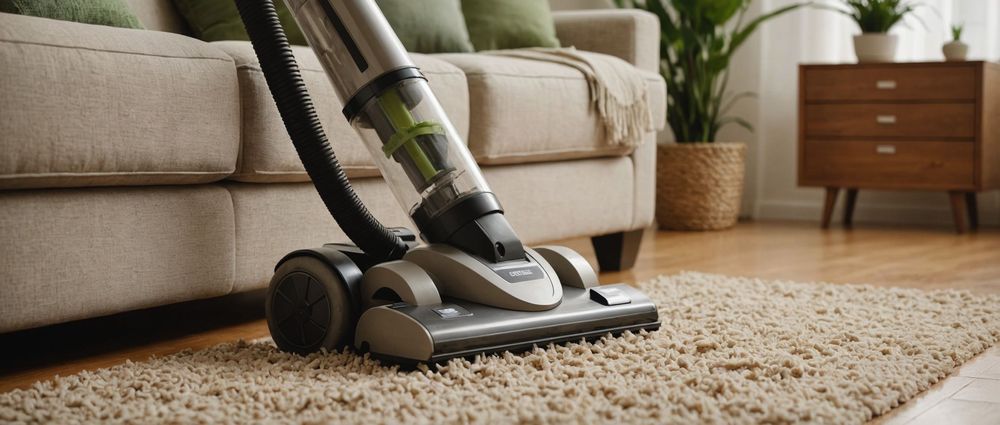Moth larvae can wreak havoc in your home, especially in your pantry or closet, where they can damage fabrics and food products. To effectively get rid of moth larvae, you need a comprehensive approach that combines prevention, identification, and eradication methods. This article will guide you through understanding moth larvae, identifying them, and taking steps to eliminate them from your environment. With proactive strategies, you can ensure these pesky pests don’t return.
Understanding Moth Larvae

Moth larvae, commonly known as caterpillars, are the immature stage of the adult moth. They typically hatch from eggs laid by female moths and can be highly destructive if not managed promptly. Moth larvae primarily feed on natural fibers found in clothing, carpets, and linens, as well as on grains and stored food products. Understanding the lifecycle of moths is crucial for effective management: the female moth lays eggs, which soon hatch into larvae, pupate, and then emerge as adult moths. The whole process can take as little as a few weeks. By familiarizing yourself with their habits and preferences, you can thwart their development before they cause significant damage.
Signs of Moth Infestation

Detecting moth larvae early is key to preventing a full-blown infestation. Here are some common signs that may indicate moth larvae in your home:
-
Silk Threads:
Look for small silk threads or webs in areas where fabrics are stored. -
Damaged Fabrics:
Inspect items made from natural fibers, like wool or cotton, for holes or irregular shapes. -
Egg Casings:
Find tiny white or yellowish egg casings near damaged items. -
Frass:
Look for small droppings (frass) that resemble tiny grains of sand. -
Adult Moths:
Spotting adult moths themselves is a clear indicator that larvae may be present.
Regular inspections, especially in dark and undisturbed areas, can help you catch these signs early and prevent further infestations.
Effective Methods for Eliminating Moth Larvae
Getting rid of moth larvae involves both cleaning and preventive measures. Here are some effective strategies:
-
Clean Thoroughly:
Remove all items from affected areas and vacuum thoroughly. Dispose of vacuum bags immediately outside your home to prevent larvae from re-entering. -
Wash and Dry Clean:
Wash and dry clean clothing, bedding, or rugs that may contain larvae or eggs. High temperatures can kill moth larvae effectively. -
Use Natural Repellents:
Sprinkle lavender, cedar chips, or use essential oils like peppermint and eucalyptus to repel moths. These natural solutions create an inhospitable environment for larvae. -
Set Traps:
Use pheromone traps designed to lure and capture adult moths. This method reduces the breeding population while you target larvae. -
Consider Chemical Treatment:
If the infestation persists, consider using insecticides specifically formulated for moth larvae, following safety guidelines. Always read labels carefully.
By implementing these methods, you can effectively eradicate existing moth larvae while minimizing the risk of future infestations.
Preventing Future Moth Infestation

Preventing moth infestations is as important as eradication. Here are some proven tactics to keep moth larvae at bay:
-
Store Properly:
Use airtight containers for food storage and keep clothing in sealed bins. -
Regular Cleaning:
Vacuum your home frequently and pay special attention to closets and areas where natural fibers are stored. -
Conditions Matter:
Moths thrive in dark, humid areas. Use dehumidifiers and ensure proper ventilation in storage zones. -
Inspect Purchases:
Always inspect second-hand clothing and items before bringing them home to avoid introducing larvae. -
Seasonal Checks:
Conduct seasonal checks of your pantry and closets to catch potential infestations early.
Proactive actions not only help in eliminating moth larvae currently in your home but can also create an inhospitable environment for future invaders.
Conclusion
Getting rid of moth larvae requires a systematic approach that includes understanding their lifecycle, identifying their presence, and implementing effective cleaning and preventive strategies. By being vigilant and proactive in your efforts, you can not only eliminate existing infestations but also deter future ones. Whether you opt for natural methods or chemical treatments, acting quickly will save you from extensive damage and costly repairs.
FAQs
-
What attracts moth larvae to my home?
Moth larvae are attracted to natural fibers and food sources, particularly in dark, undisturbed areas. -
Can I eliminate moth larvae using homemade solutions?
Yes, natural repellents like essential oils and herbs can deter moth larvae effectively. -
Is it necessary to use chemicals to get rid of moth larvae?
While not always necessary, chemical insecticides may be considered for severe infestations. -
How often should I check for moth larvae?
Regular inspections, ideally every few months, can help in identifying problems early. -
Do I need to throw away all infested items?
Not necessarily; washing or dry cleaning can often save them, depending on the extent of damage.
